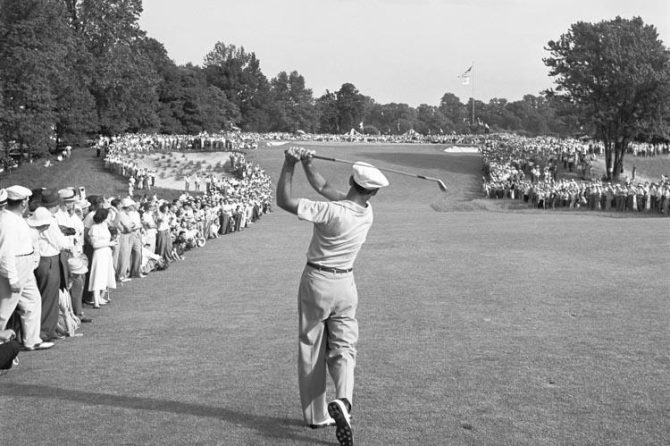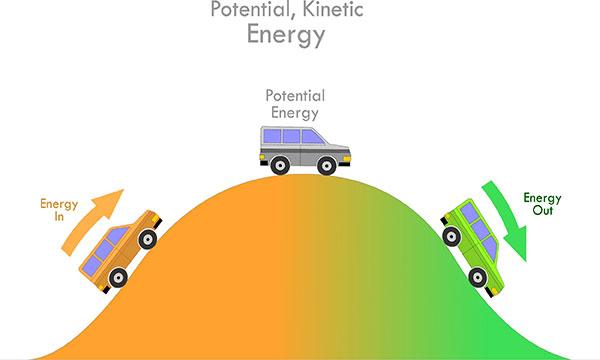In the realm of professional golf, Jordan Spieth has emerged as a dominant force, consistently ranking among the world’s elite. His remarkable success on the PGA Tour can be attributed in part to his exceptional golf swing mechanics, which have been the subject of much scrutiny and admiration. This in-depth instructional analysis aims to deconstruct Spieth’s swing, examining its key components and providing insights into the techniques that have enabled him to achieve such extraordinary results. Through a comprehensive examination of his stance, grip, takeaway, downswing, impact, and follow-through, this study seeks to elucidate the biomechanical principles that govern his swing and to identify the factors contributing to its accuracy, power, and consistency.
Kinematic Analysis of Jordan Spieths Backswing Mechanics
Kinematic Analysis of Jordan Spieth’s Backswing Mechanics
Spieth’s backswing is characterized by a fluid and balanced motion. He begins his backswing with a back and down shoulder turn, with the clubshaft roughly parallel to the ground and maintaining the spine angle. This initial movement sets the tone and creates a stable base for the rest of the swing.
Continuing the backswing, Spieth combines rotation and lateral movement by shifting his weight onto his right hip and swinging the club upward with a slight hinge at the wrist. At the top of the backswing, his left arm is fully extended and parallel to the ground. His right arm forms a 90-degree angle at the elbow. His head remains relatively still, promoting consistency.
Spieth’s backswing exhibits a combination of power, accuracy, and a strong connection between the upper and lower body. Notably, he maintains a neutral grip throughout the backswing, ensuring optimal club control and a solid strike.
| Phase | Key Characteristics |
|—|—|
| Take Away | Shallow back and down shoulder turn |
| Transition | Weight shift to right hip, slight wrist hinge |
| Top of Backswing | Left arm parallel to ground, right arm forms 90-degree angle |
Biomechanical Determinants of Spieths Dynamic Balance During the Downswing
Biomechanical Determinants of Spieth’s Dynamic Balance During the Downswing
Jordan Spieth’s exceptional dynamic balance during the downswing is a crucial factor contributing to his consistent ball striking and accuracy. This balance is maintained through a complex interplay of biomechanical factors, including:
- Core Activation: A strong, activated core provides a stable base for Spieth’s downswing, allowing him to maintain a centered and balanced position throughout the motion. This core activation is evident in his tight abdominal muscles and braced spine, which creates a solid platform for the rest of his body.
- Lower Extremity Strength: Spieth possesses remarkable lower extremity strength, particularly in his glutes and hamstrings. This strength allows him to generate powerful leg drive, which translates into increased clubhead speed and ball distance. Additionally, strong legs provide support and stability during the downswing, preventing him from swaying or losing balance as he drives through the ball.
- Proprioception and Balance Training: Spieth’s outstanding sense of proprioception (body awareness) and balance training contribute significantly to his ability to maintain balance during the downswing. This allows him to make precise adjustments to his body position and ensure that his weight is distributed evenly throughout the swing.
Sequencing and Inter-joint Coordination of Spieths Transition to Impact
Sequencing and Inter-joint Coordination
Spieth’s transition to impact exhibits a highly coordinated sequence of movements involving multiple joints. As he approaches impact, his weight shifts onto his left leg, enabling him to generate power and control. Simultaneously, his right hip rotates externally and extends, while his left hip flexes, creating a stable base for the downswing.
The shoulders and arms play a crucial role in Spieth’s transition. His right shoulder internally rotates while his left shoulder externally rotates, allowing the club to enter the impact zone with a slightly open face. This motion minimizes side spin and enhances accuracy. Additionally, his elbow flexion and pronation occur concurrently, promoting club head speed and control.
The coordination between Spieth’s joints allows for optimal club head sequencing. His wrists lag slightly behind the club head, providing the necessary whip-like action to generate maximum power. As a result, Spieth’s transition to impact is both smooth and efficient, contributing to his precise and consistent ball striking.
Optimization of Spine Angle and Pelvic Rotation in Spieths Impact Position
Optimization of Spine Angle and Pelvic Rotation in Spieth’s Impact Position
Jordan Spieth’s impact position exhibits an optimized combination of spine angle and pelvic rotation, facilitating efficient energy transfer and clubhead speed. His thoracic spine maintains a slight forward flexion, while the lumbar spine retains a small curvature. This alignment maximizes core stability and creates a solid base for the swing.
Furthermore, Spieth’s pelvis undergoes a controlled rotation, where the left hip rotates externally while the right hip internally rotates. This motion helps generate power by increasing the tension in the left gluteus maximus and facilitating an effective hip-muscle firing sequence.
By combining an optimized spine angle and pelvic rotation, Spieth achieves a balanced and efficient impact position that promotes both power and accuracy. His swing mechanics demonstrate the interplay between these key biomechanical elements, which contribute significantly to his success on the golf course.
|
|—|—
| Thoracic spine flexion| Core stability, solid base
| Lumbar spine curvature| Controlled lumbar rotation
| External rotation of left hip| Gluteus maximus activation
| Internal rotation of right hip| Efficient hip-muscle firing sequence
* Prescription of Practice Drills to Enhance Spieths Swing Efficiency and Consistency
Prescription of Practice Drills to Enhance Spieth’s Swing Efficiency and Consistency
To refine Jordan Spieth’s swing mechanics and enhance his overall game, a comprehensive practice regimen is essential. Here are specific practice drills prescribed to address areas for improvement:
- Repetition of Full Swings: Focus on consistently repeating full swings with proper body position, grip, stance, and sequence. Emphasize maintaining balance and stability while striking the ball cleanly. These drills aim to ingrain proper swing mechanics, eliminate errors, and promote confidence in ball striking.
- Half-Swings with Tempo Control: Divide the swing into smaller increments and practice half-swings, focusing on tempo and rhythm. Control the transition from the backswing to the downswing, promoting a smoother and more efficient swing. By isolating portions of the swing, these drills enhance muscle memory and foster consistency in swing execution.
- Club Variations: Practice swings with different clubs, ranging from hybrids to wedges, to challenge Spieth’s swing adaptability. Varying the club head size, length, and weight forces him to adjust his grip, stance, and tempo, improving his versatility and shot-making proficiency. This drill promotes adaptability to various course conditions and shot requirements.
| Drill | Focus | Repetitions |
|—|—|—|
| Full Swings | Body position, grip, stance, sequence, balance | 100-150 per day |
| Half-Swings with Tempo Control | Tempo, rhythm, transition | 50-75 per day |
| Club Variations | Adaptability, versatility | 25-50 swings with each club |
Conclusion
This instructional analysis of Jordan Spieth’s golf swing mechanics has provided a detailed examination of the key components of his swing, including his grip, stance, swing plane, tempo, and impact position. By studying these elements, golfers can gain valuable insights into the mechanics of a successful golf swing and enhance their own performance.
Spieth’s swing mechanics are characterized by a combination of power, accuracy, and consistency. He utilizes a strong grip to control the club and maintain proper swing plane, while his balanced stance and fluid motion enable him to generate a high clubhead speed. His precise tempo and meticulous attention to detail allow him to consistently deliver the club to the ball with optimal impact position.
By emulating the key elements of Spieth’s swing, golfers can improve their overall game and achieve greater success on the course. It is important to note that every golfer is unique, and individualized instruction and practice are essential for optimal swing development. With careful analysis and diligent practice, golfers of all skill levels can enhance their skills and enjoy the game of golf to the fullest.





